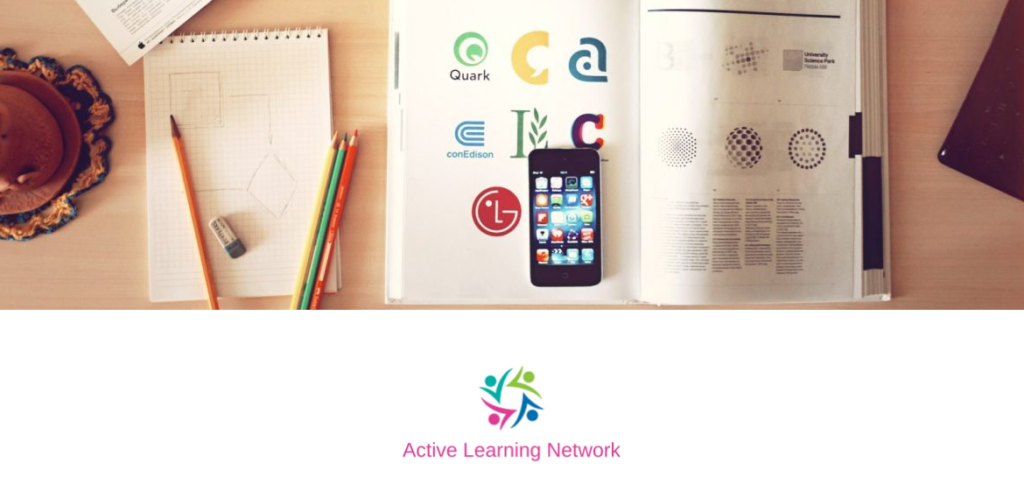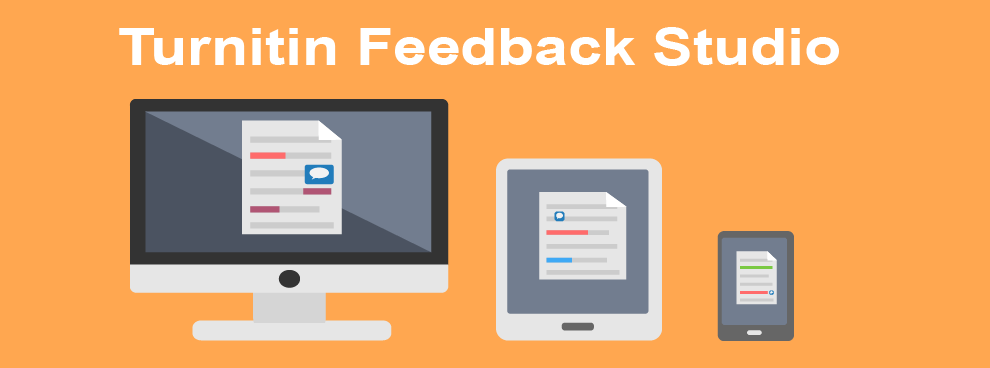Technology Enhanced Learning are always keen to be involved in school specific events and this year we have been pleased to be invited to contribute at many of the academic schools’ teaching and learning away days. These are sessions which are set aside to both examine current teaching practices within the schools and plan for the year ahead. These events feature a range of talks, workshops and discussions and this year, as in previous years, Learning Technologists within TEL were around to join in these discussions as well as contribute their own talks and workshops around various teaching and learning topics.
This year’s away days featured a range of different themes including ‘Focus on Feedback’ and ‘Delivering Inclusive Teaching Learning and Assessments through TEL’. We have picked out a few key topics that arose across the various schools to discuss, TEL will also be focusing on these, in partnership with schools, throughout the upcoming academic year.

“Feedback” flickr photo by Skley https://flickr.com/photos/dskley/15719784736 shared under a Creative Commons (BY-ND) license
Feedback
Many of the events had a specific focus on assessment and feedback, both formal and informal. Each event looked at identifying best practice for providing feedback to students, for example during the Department of International Relations’ Away Day they emphasised that the need to find a good balance between criticism and encouragement is vital. Meanwhile at the School of Maths and Physical Science’s Away Day, Dr Peter Giesl, Director of Teaching and Learning, focussed on the importance of the way in which feedback is structured as well as the need to enable and support students to put the feedback they receive into practice. This event also featured a presentation from Dr Mick Taylor in which he showed how he uses student response systems to provide two-way feedback to students. Mick uses these tools to firstly allow students to provide feedback to him, for example on the pace of a lecture or topics they would like to cover, and secondly to provide students with real-time feedback during teaching sessions by presenting on-the-fly questions which enable him to highlight areas of understanding and adjust his teaching accordingly.
During a number of the events Dan Axson and Kitty Horne also introduced staff to Mahara as an alternative assessment tool, highlighting how the journaling tool and commenting function in particular can be used to provide students with ongoing feedback.
Learning Spaces
Another key focus was learning spaces, both physical and virtual. During the School of Global Studies’ Away Day Pete Sparkes co-presented a session titled ‘Bodies of Space: Disruption, Comfort and Discomfort in Teaching’ with Dr Thomas Chambers and Dr Beth Mills. During this session Pete focused on the interconnectedness of the virtual space, classroom space and physical outside space and how technology can be used to capture and create learning experiences which transcend and influence the way students can interact within different spaces.
Alongside this, Student Reps from the School of Maths and Physical Sciences presented findings from a student survey that they had carried out which suggested that students, particularly in the first year, can find it daunting to visit staff during their office hours to ask questions and receive feedback. They suggested that technological interventions could remedy this, for example through providing online feedback or virtual spaces, helping to build students’ confidence.
Active Learning
There were many examples of active learning techniques taking place across the university. During the School of Life Sciences’ Away Day there was a focus on the use of student response systems to engage students, with Dr Joanna Richardson and Professor Buge Apampa presenting ‘Poll Everywhere, The Student Voice & Revision’ and Professor Ali Nokhodchi and Dr Mohammed Maniruzzaman introducing ‘Active Learning with KAHOOT’. In addition to this, Mike Pettit demonstrated how Values Exchange can be used for debating ethical dilemmas in an interactive classroom.
At the Business, Management and Economics Away Day there was a focus on making lectures and others forms of large group teaching interactive. Dr David Walker and Tab Betts from TEL delivered a workshop titled ‘Working with large groups/international cohorts’ in which they introduced a range of strategies to help support international students integrate into UK higher education, as well as how Poll Everywhere, Padlet and Google Slides can be used to engage large cohorts.
There was also a lot of interest expressed around the Active Learning Network, particularly during the School of Engineering and Informatics’ Away Day. The Active Learning Network is a staff-led initiative facilitated by Technology Enhanced Learning and is designed to provide a space for staff to share practice and ideas and to support each other in their active learning endeavours. The Active Learning Network meets regularly on campus and also has an ever-growing online community which is open to both internal and external participants.

Active Learning Network https://activelearningnetwork.com/
It is great to have been involved in the discussions around teaching and learning within the academic schools and to have gained further insight into the great work going on across the university. TEL are always keen to be involved in school and department specific events and workshops and are always willing to discuss new initiatives and ideas that both schools and individuals may have around ways of innovating teaching and learning practices within the university. If you would like to discuss any ideas that you have with TEL or if you would like to find out more about the Active Learning Network then please email tel@sussex.ac.uk.





